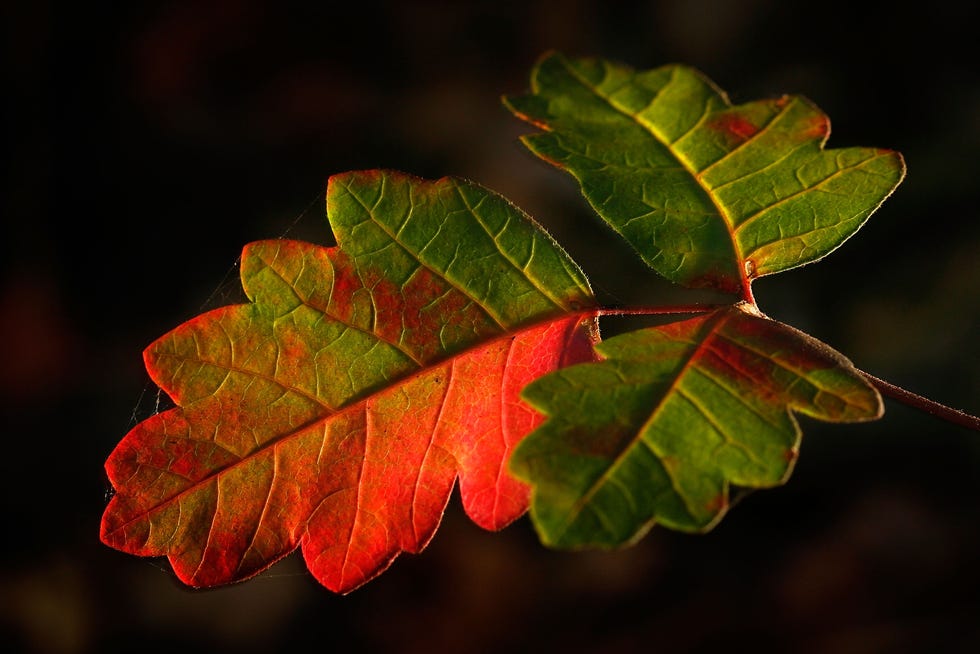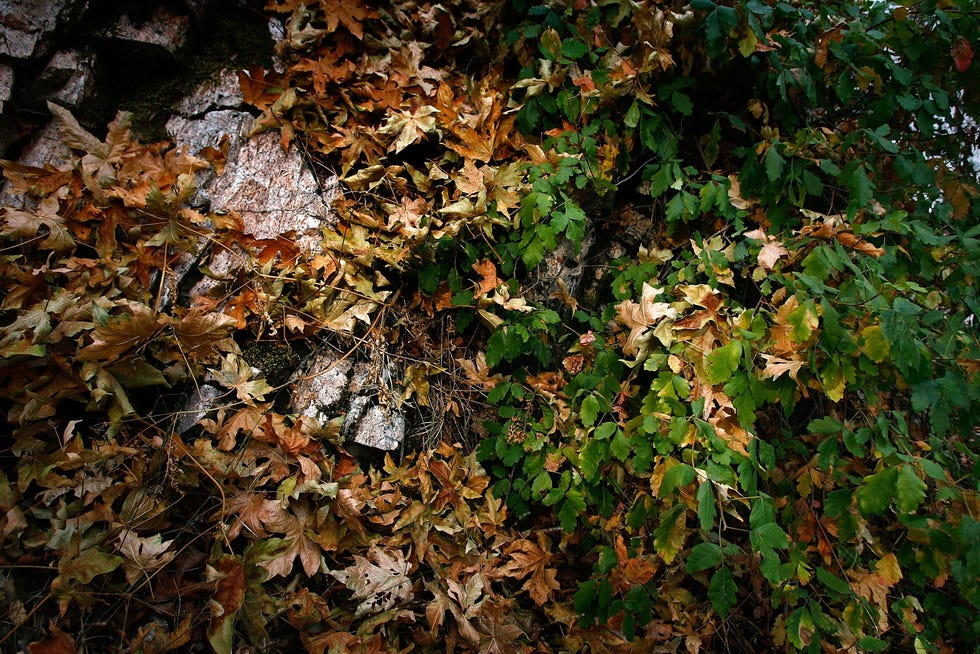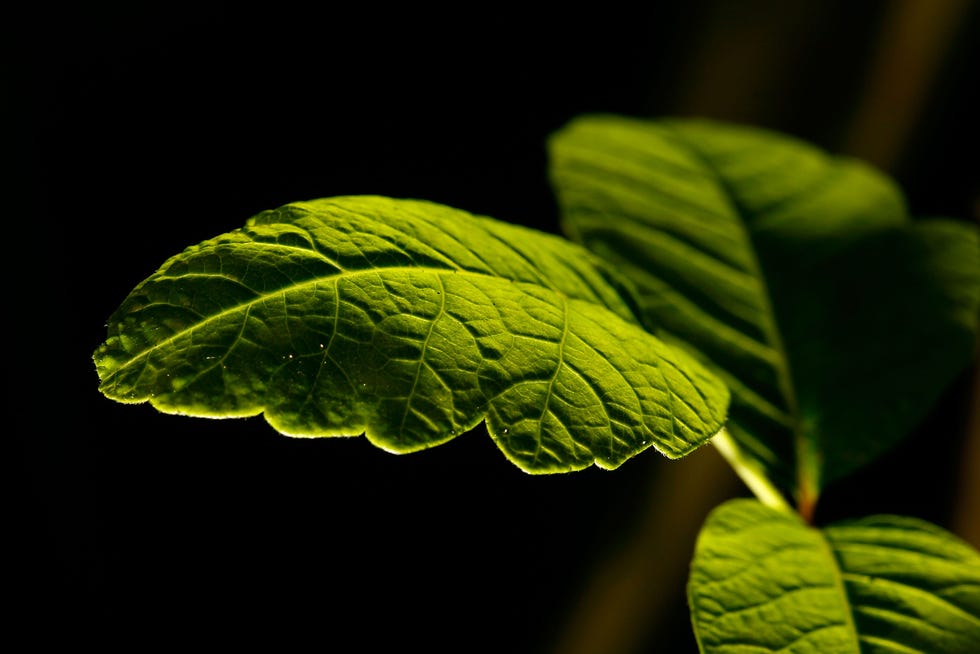Many plants are poisonous to humans and animals alike, which is why it’s important to spot them before it’s too late.
As more people venture outside to enjoy warm weather, knowing how to identify and avoid poison oak could help to avoid a future of headaches and itchy red rashes.
So before that restorative hike accidentally becomes the bane of your summer, make sure you know where to look and what to look for.
A helpful old saying is “leaves of three, let it be,” according to the U.S. Centers for Disease Control and Prevention.
But the three-leaves rule isn’t hard and fast.
A Nebraska couple heard buzzing in the walls:Thousands of bees had to be removed from their home
Poison oak may have more than three leaves, and depending on the season, species and local environment, plants can vary.
Poison oak, either Pacific or Atlantic, is a native plant in the United States – primarily located in the Southeast and on the West Coast – in the form of a shrub with leaves of three.
All parts of the plant, including roots, can cause an allergic reaction year-round, according to the American Academy of Dermatology.
Atlantic poison oak can be found up and down the East Coast, from New Jersey to Florida, as well as in several non-coastal states – including Tennessee, Arkansas, West Virginia, Oklahoma, Kansas, Missouri and Illinois – according to the U.S. Department of Agriculture’s Plant Database.
Pacific poison oak may have yellow or green flowers and clusters of green-yellow or white berries. It can grow on shrubs and vines along the Pacific Northwest and California, according to the National Park Service.
Are poison oak and poison ivy the same? What’s the difference?
Poison oak is commonly confused with poison ivy, but the two plants are actually a little bit different.
Poison oak leaves are more rounded and irregular looking compared to poison ivy. A poison oak plant can have up to nine leaflets, although three leaflets are most common. The plants grow in sun and shade in mixed evergreen forests, woodlands, chaparral, and riparian areas.
Poison ivy, however, always has three leaves, per WebMD.
The CDC recommends that wearing long sleeves, long pants, boots, gloves, and barrier skin creams can limit exposure to poison oak. If you think you’ve been exposed, wash clothing separately in hot water with detergent.
Camille Fine is a trending visual producer on USA TODAY’s NOW team. She loves to make pizza, photograph friends and spoil her loving cat Pearl.






